Zselic Park of Stars
Nowadays, most people live in cities or in villages located near cities. Generations grow up so that their only opportunity to discover the hidden treasures of nature is provided through books and films, along with basic values such as the sight of the starry night sky, the zodiacal light or the Milky Way. Fortunately, there are still some places where these miracles can be seen by anyone, with the naked eye.
In 2009, Zselic was awarded the title Starry Sky Park among the first in Europe. Measurements by the International Dark-Sky Association (IDA) have shown that the artificial illumination of the sky and light pollution are negligible in the whole area of the Zselic region.
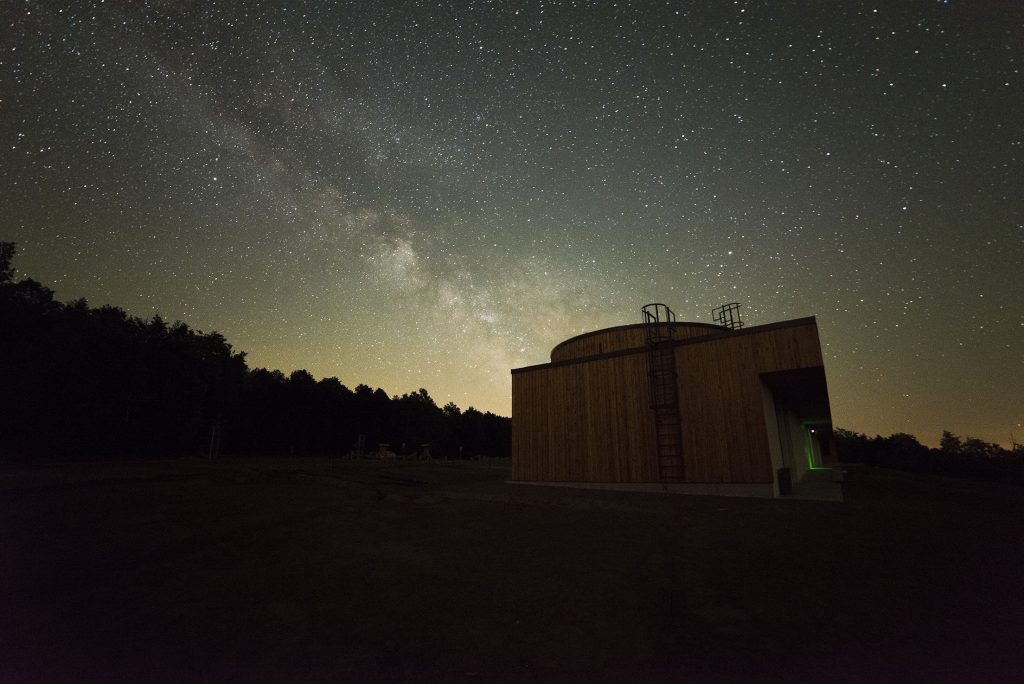
© Schmall Rafael
After sunset, leaving the city of Kaposvár, we are on the road for nearly a quarter of an hour. We are surrounded by woods, sometimes wavy, barren hills, with a few houses in the distance, just as reminders: this is not yet “the” Zselic Starry Sky Park, but it must be quite nearby now. This is one of the least populated regions of our country, with no cities in the circle of 30 kilometres from its centre, and there are only a few smaller, perhaps a few dead-end villages with a few dozen houses in them. Some more kilometres follow on a much narrower road, in full darkness, in the depths of the beech forests characteristic of higher hills, then proceeding along the edge of an elongated clearing. Let’s stop for a minute. Although after the strong lamplights, the human eye may need up to half an hour to function with maximum sensitivity in the night as well, it is worth a try what we can see immediately. In short: it is stunning! At the first moment, I’m still trying to list the celestial bodies and constellations recognised, but as soon as the number of sights doubles in just the next second, I quickly give up. This is space itself, which is only separated from us by the Earth’s frighteningly thin atmosphere.
Tourist Magazine (Attila Gulyás: Star Movie in Zselic)
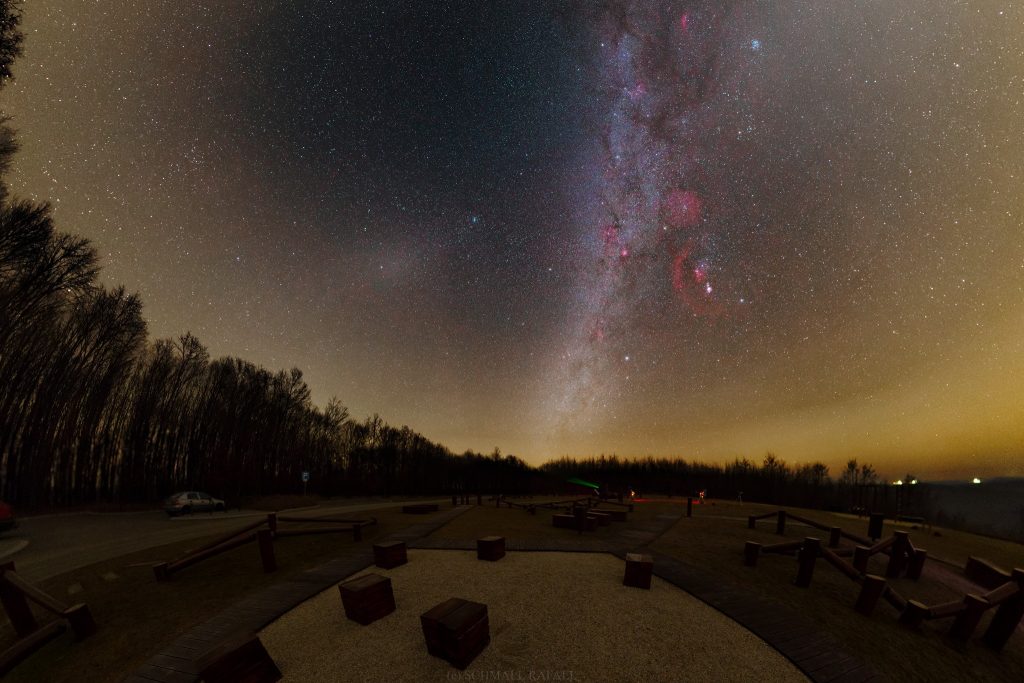
© Schmall Rafael (Facebook)
The resting places are intended to showcase the natural values, architectural and landscape features of the surrounding area to visitors, and also to provide an opportunity for outdoor school activities. From the upper level of the observation tower, at an altitude of almost 300 metres, to the north Badacsony, and to the south even the Papuk Mountains of Croatia can be seen, but the Mecsek Mountains are also clearly visible in mist-free weather.
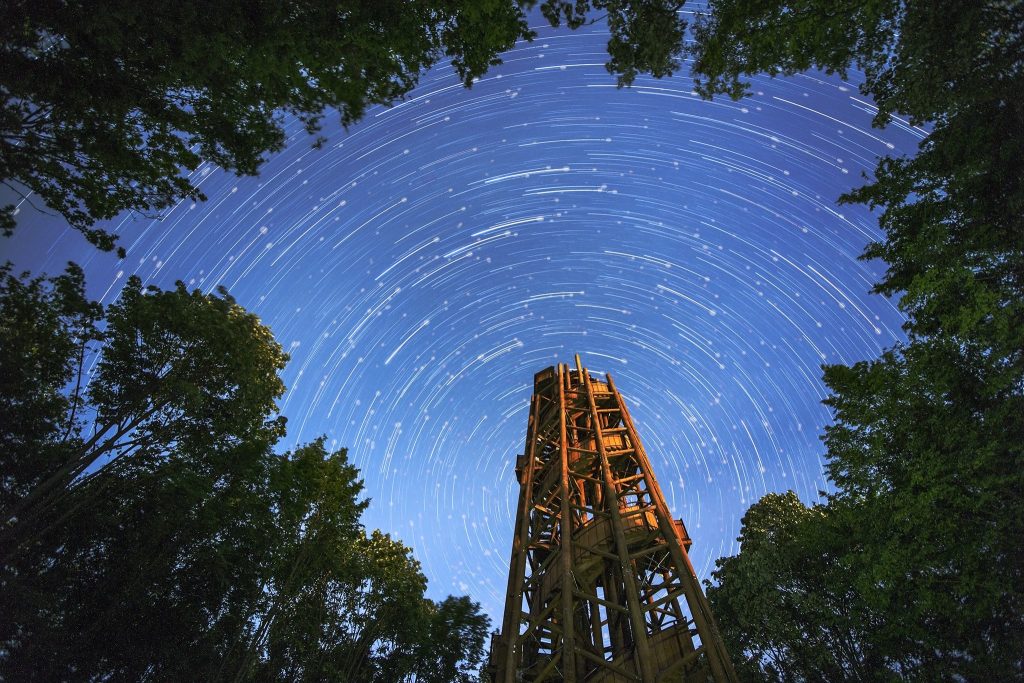
© Schmall Rafael (Facebook)
The Zselic Park of Stars is also a perfect destination for class excursions. At the Observatory located in the heart of the Zselic Forest, in addition to astronomical and natural-themed exhibitions, a telescopic dome and a planetarium await visitors. With a mirrored telescope of 40cm diameter located in the dome, the hidden treasures of the sky, such as the planets of the Solar System, their rings and moons, star clusters and galaxies, can be seen in their detail at night. By day, the active surface of the Sun, our life-giving star, can be examined by a special daylight telescope. During the programs, visitors may learn about the most important stages of the Sun’s life, the structure of the Solar System and the Milky Way, the interesting and spectacular targets of telescope observations, or even the operation of telescopes. During our night programs, objects that can only be seen with telescopes (e.g. star clusters, galaxies) are presented, but the constellations, the Milky Way and falling stars can be observed with the naked eye on the building’s terrace established for this purpose.
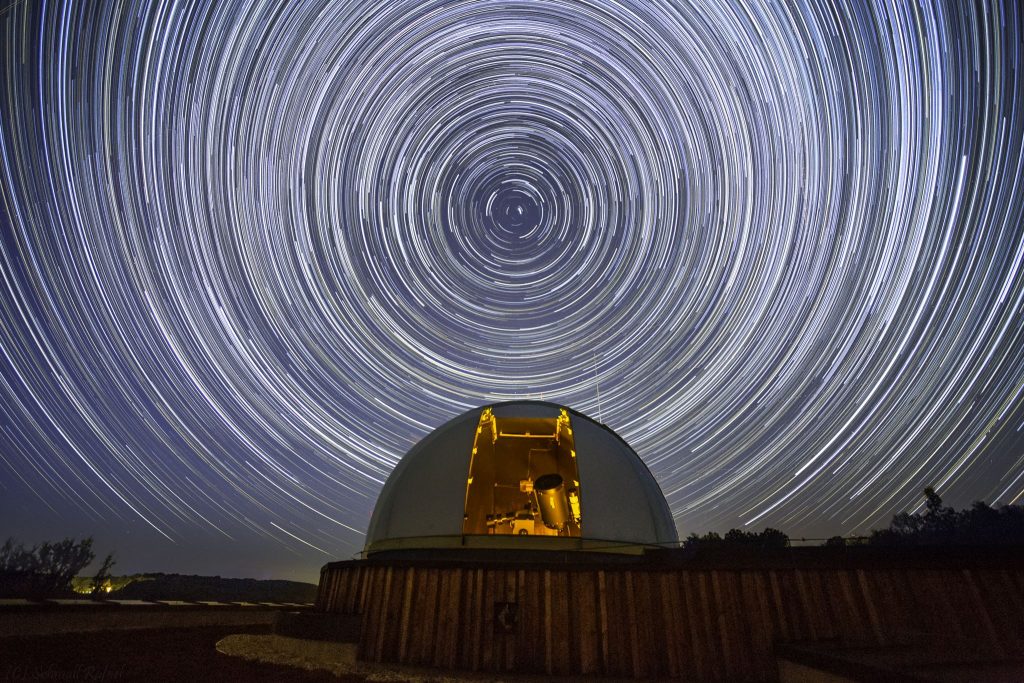
© Schmall Rafael (Facebook)
The building also hosts permanent and temporary exhibitions. The natural exhibition presents the wildlife of the Zselic, with special regard to animals active at dusk and at night (e.g. owls, golden jackals). The main element of the astronomical exhibition is the meteorite collection. Bodies that came from outer space and hit the surface of the Earth are interesting as findings helping to understand the composition of the early Solar system, and the formation of the Earth, and as pieces of stone and iron with an adventurous history, in many cases having the same price as gold. The Observatory also hosts astronomy-related temporary exhibitions.
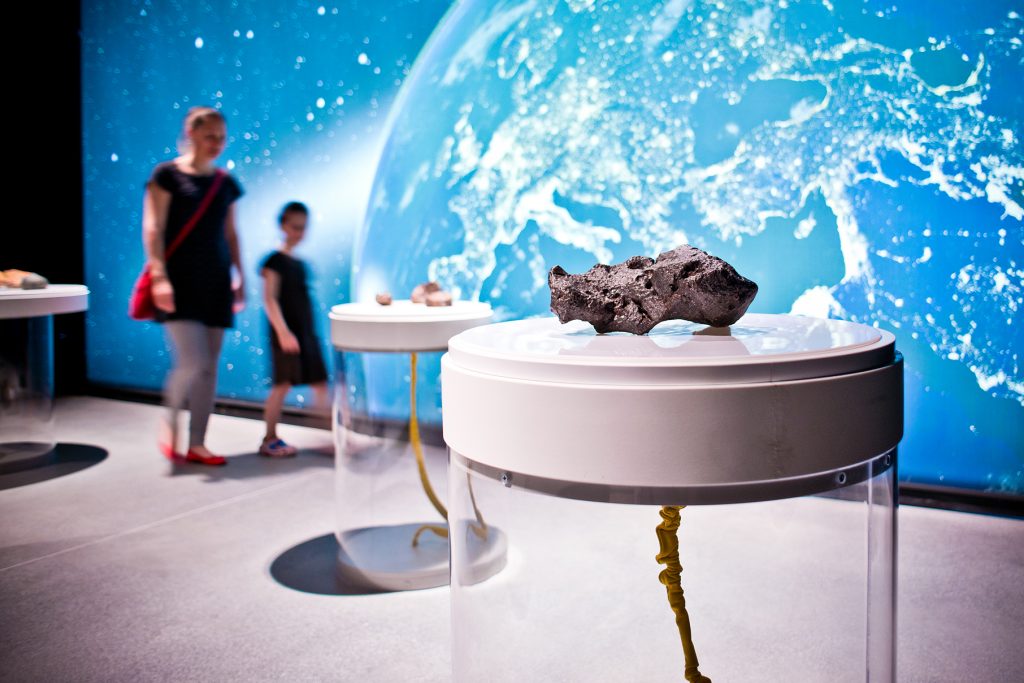
© Zselici Csillagpark
The planetarium with 53 spaces features astronomical, natural and environmental-themed science-fiction full domed (cinematic) films. At the presentations preceding the film screenings, the most spectacular elements of the starry sky (Milky Way, constellations, planets) and related stories can be more fully learned about by our guests.
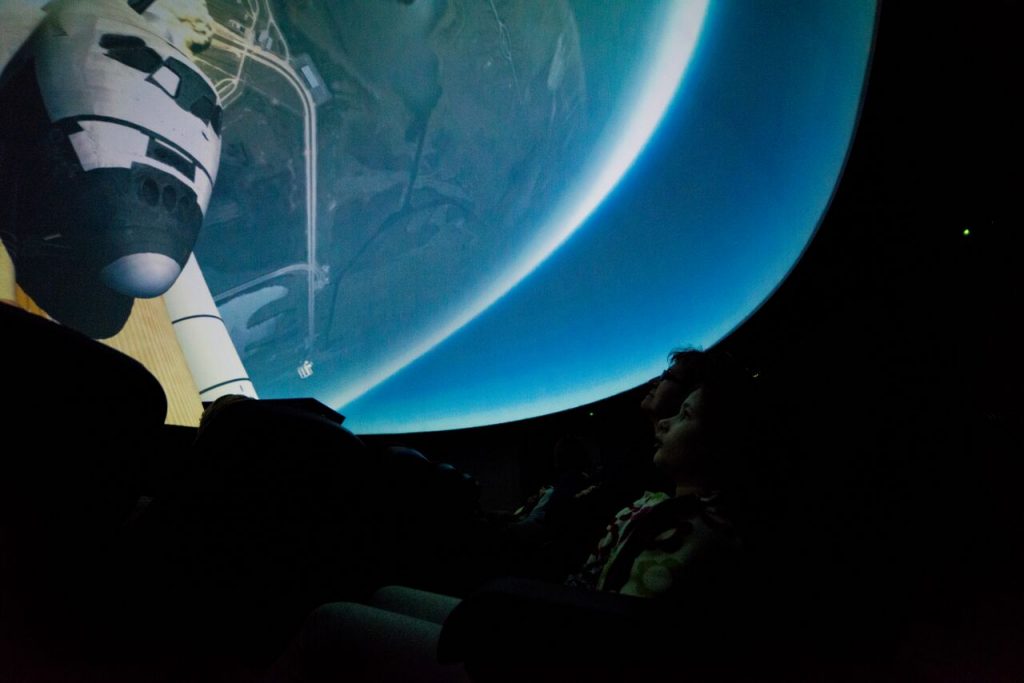
© Zselici Csillagpark
Visitors can also take part in daytime and night hiking tours, within the scope of family or school programs. During the daytime (2-4 km) tours, the area around the Visitor Centre can be discovered. The first part of the night tours starting at sunset is a tour similar to daytime tours, where the wildlife of the forest and, when we’re lucky, the animals’ sounds can be heard. Before full darkness sets in, hiker’s eyes adapt to the night’s light conditions, so that by the time of the telescopic demonstration they can safely move along the forest paths without any lighting.
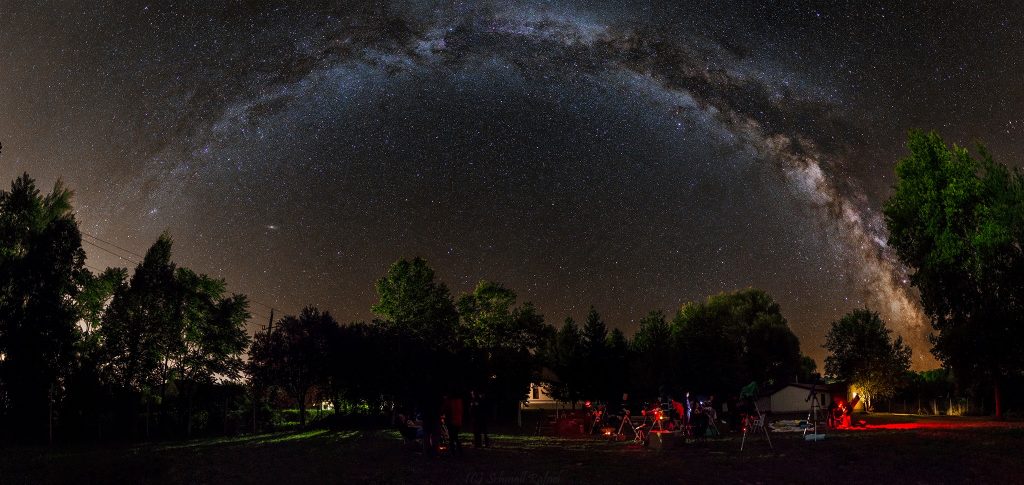
© Schmall Rafael (Facebook)